
- With 2023 marking the race’s 70th edition, we talk to its most recent local champion and look back at how the spectacle has thrilled generations of fans
Andy Chang Wing-chung tells a story about how his mother likes to show off a photo that shows him – aged three – gaping in wonder down in the grandstand, there by the famed first corner, as the Macau Grand Prix screams past.
Twenty-three years after that photo was taken, he found himself up there on the victory dais last year, having claimed the 2022 Macau Grand Prix for himself.
“It was a dream come true,” says Chang. “Every time I watched the race I wondered what it would feel like, being on top of that podium. I think every kid in Macau grows up having the same dream.”
The Macau Grand Prix has grown as the city has, from backwater to global trading centre, born almost out of boredom in 1954, when the post-war city was almost on its knees with an economy devastated by the United States’ decision to limit imports of Macau fireworks, one of the few major industries the city had, and a major source of cash during the pre-war period.
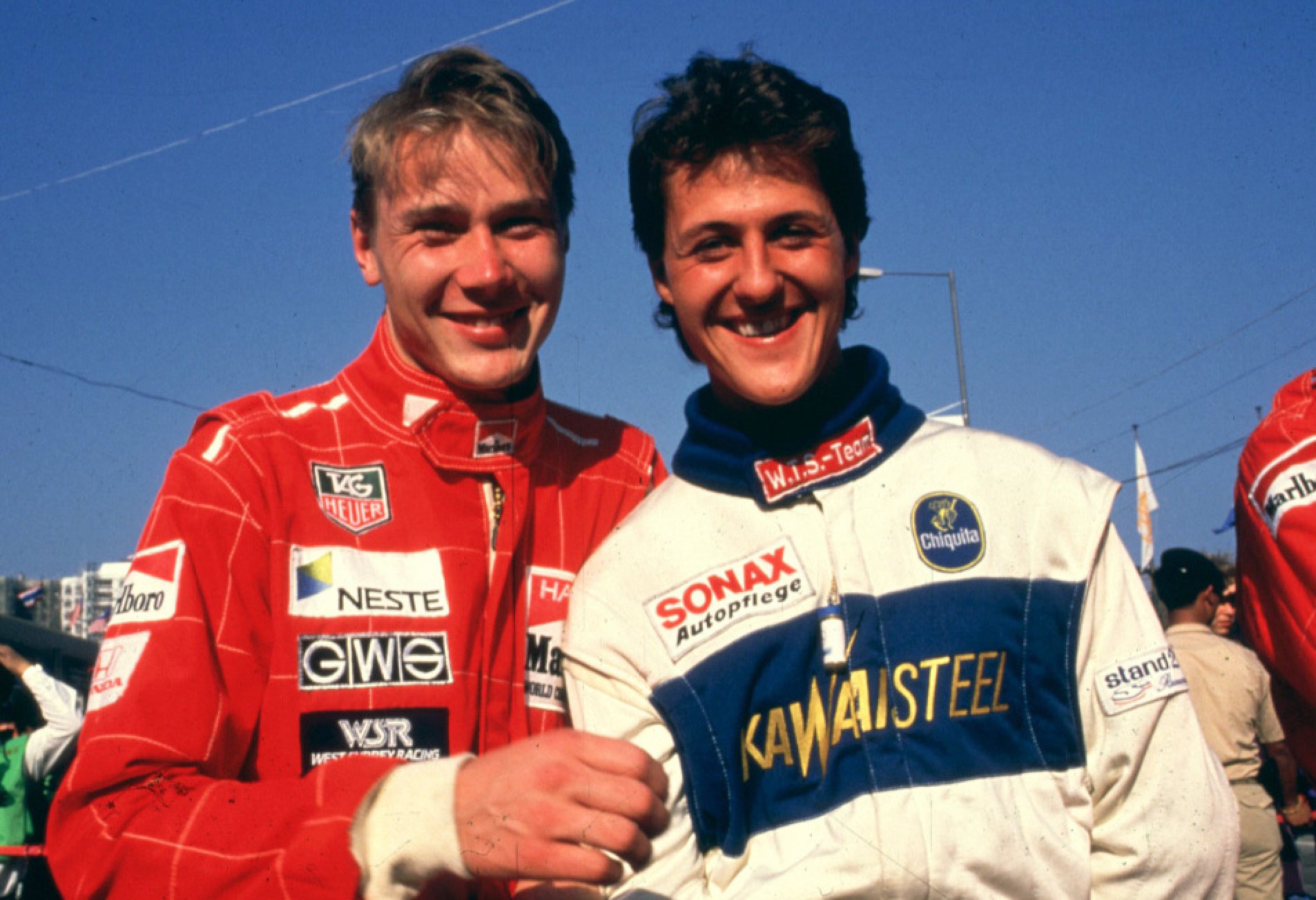
Now, the racing spectacle is set to celebrate its 70th edition over the weekends of November 11 and 12 and November 16 and 19, having thrilled generations of fans while carving a unique niche in motorsports as the proving ground for future world champions.
The late, great Ayrton Senna won in Macau back in 1983, racing in the Formula Three cars that first appeared that year, helping to establish the event as world-class.
Filipino teen racer Bianca Bustamante making F1 history with McLaren
Following the Brazilian legend were the likes of fellow future Formula One champions Michael Schumacher and Mika Häkkinen, while other F1 stars such as Lewis Hamilton came and competed, but found winning beyond them.
Such names have drawn in the fans over the years, but so, too, has the unique nature of the racing, which takes cars and motorbikes around the city’s 6.2km (3.9-mile) Guia Circuit, all up close – sometimes too close – to Macau’s mix of heritage architecture and modern cityscapes.
Off the track is Macau’s reputation as a party town, which also dates back to its 450-plus-year history and its role as a “gateway to the East” for the rest of the world.
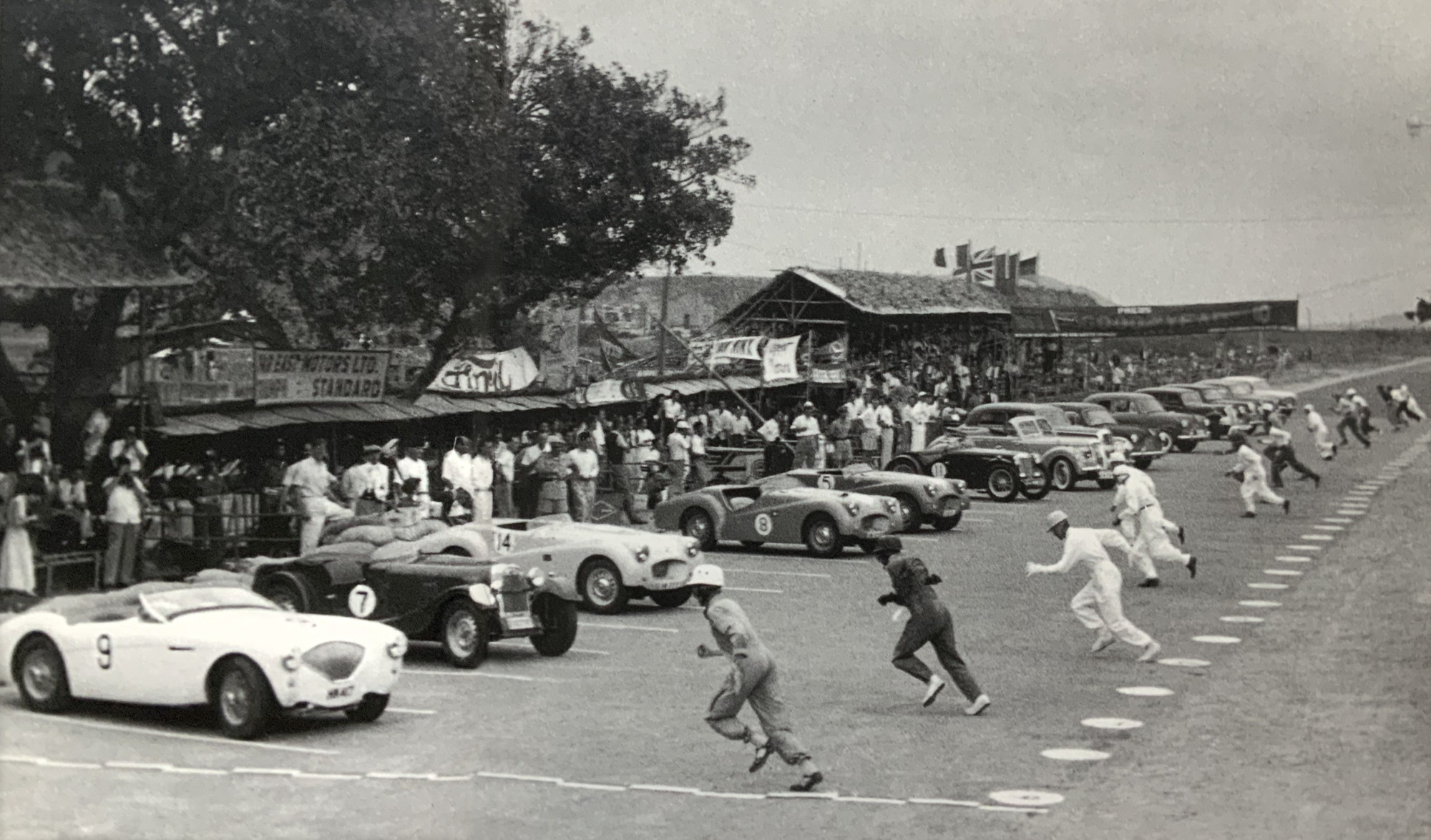
The Grand Prix is also a boon to Macau’s economy.
Even under travel restrictions in 2022, local media reported more than 30 million patacas (US$3.7 million) in revenue and more than 75,000 visitors over its four-day run; in usual, non-pandemic circumstances, tens of thousands of additional visitors would have arrived from across the globe.
Which is hopefully what will happen this year, with the Grand Prix events of both car and motorbike spread over two weekends – as is the norm when there is a major anniversary to celebrate.
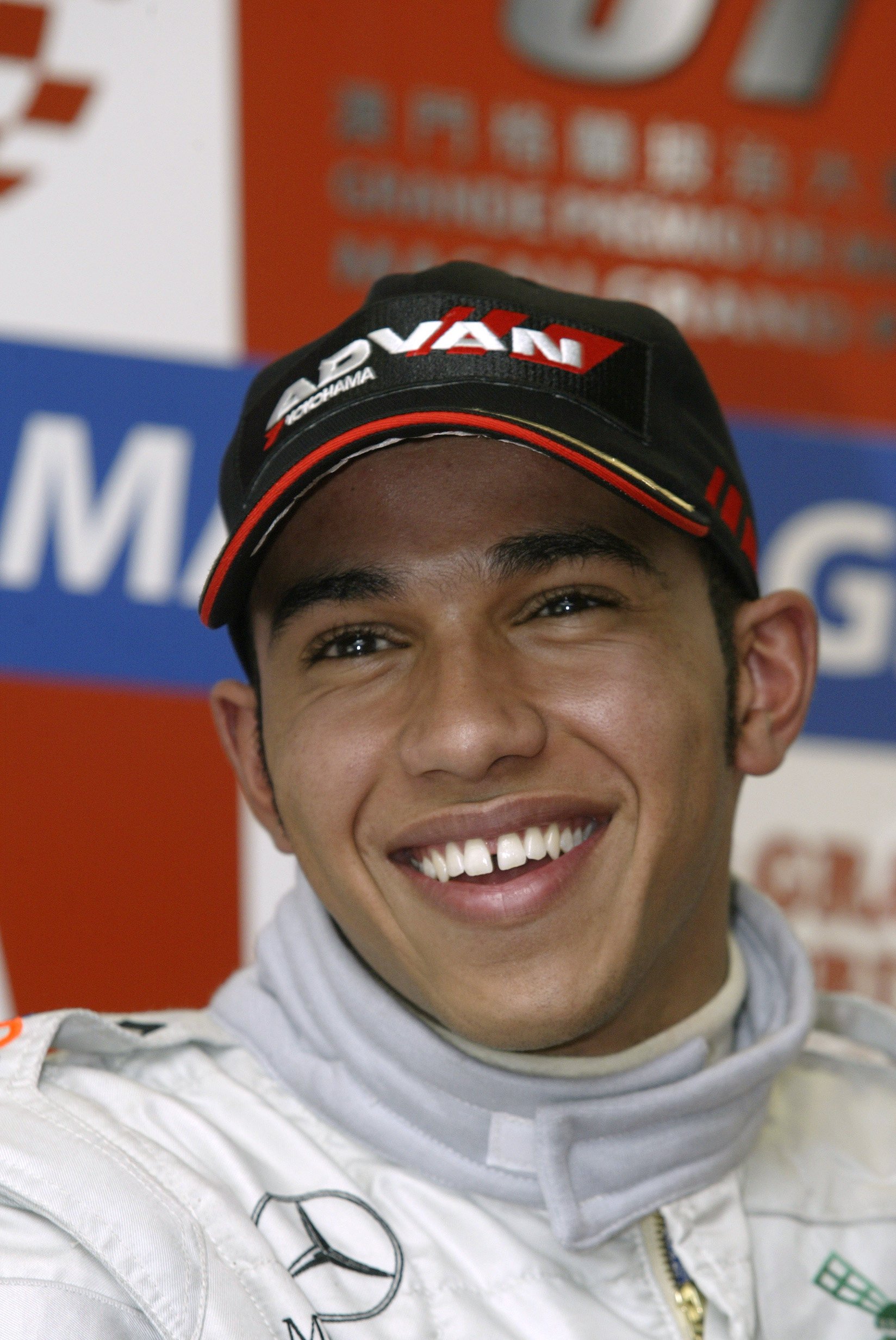
Back in 1954, “the main three sectors of business were the production of matches and fireworks and incense”, explains Jacqueline Xie Jingzhen, assistant professor of history at the University of Macau.
“This was a period not long after the founding of the People’s Republic of China and there had been clashes with the People’s Republic army on the border.
“During the war, Macau was a neutral city but there was also a lot of collaboration. And, in fact, the community had actually proposed to have such a race as the Grand Prix in the 1930s but this didn’t work out […] by 1954 it was better.”

The idea came into being through locals Fernando Macedo Pinto, Carlos da Silva and Paulo Antas, with the notion that Macau, similar to Monaco, could provide a ready-made and exciting street circuit.
The first event drew 15 worthy racing cars (there were apparently only around 300 cars in Macau at the time) and was staged as part race, part treasure hunt.
The South China Morning Post had set the scene on October 29 that inaugural year, declaring that “sleepy Macao was rudely awakened this morning by the roar of exhausts of powerful engines. Hong-kong’s Grand Prix drivers Eddie Carvalho, Eddie Kocha and Reggie Uocha, who arrived here with their cars on Thursday afternoon, lost no time in putting in as much practice as possible on the tortuous, four-mile Guia Circuit in preparation for Sunday’s big race”.
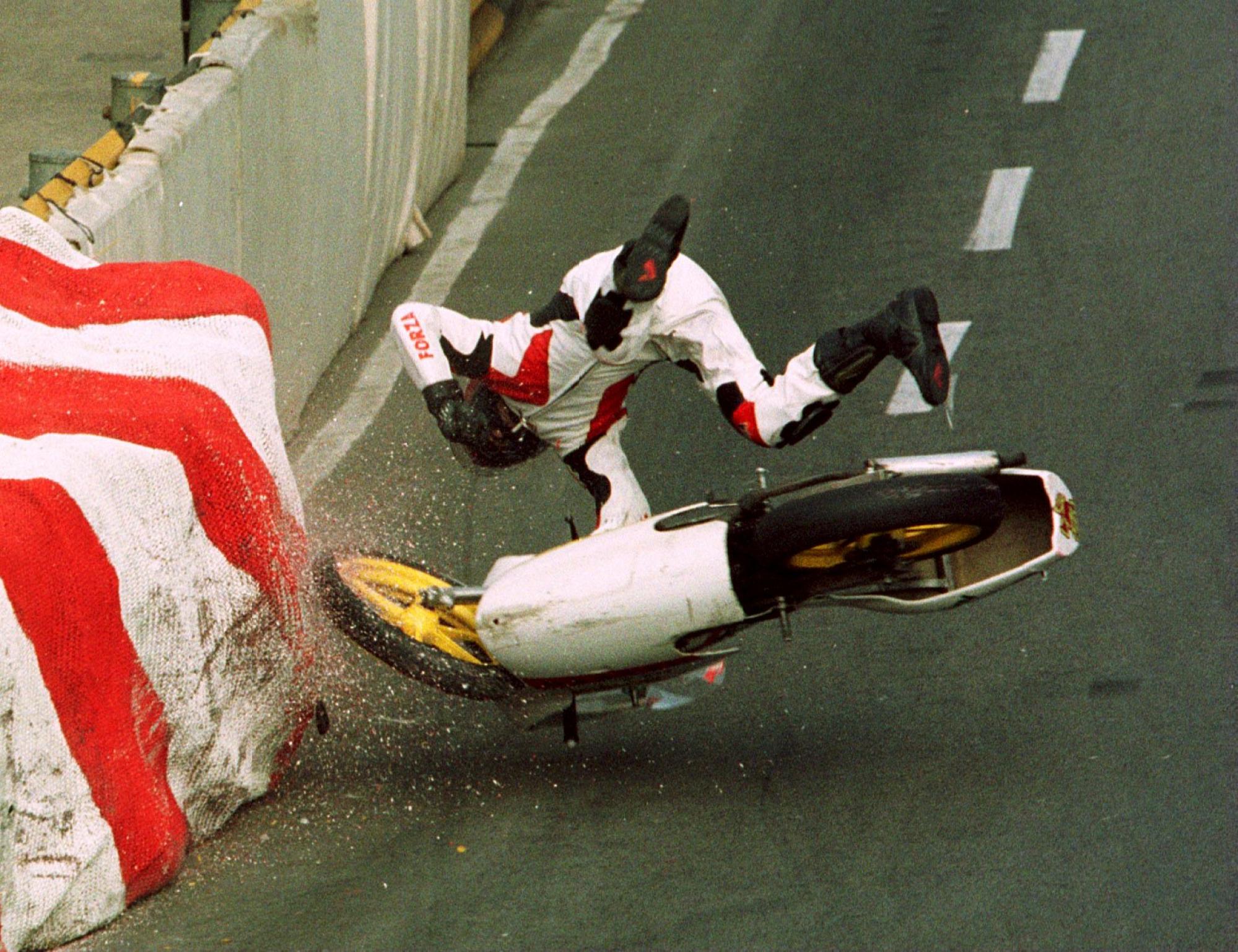
The Post noted there were three women signed on – Mrs J.A. da Cruz, Mrs C.H. da Silva and Mrs Humbert F. Rodrigues, who “will be driving, respectively, an A-40 Sports, a Fiat 500 and an Austin 10. It is possible that Mrs Alberto P. Jorge will join this distinguished company.”
Also noted were concerns over a lack of accommodation for all the visitors expected to head to town.
Then there was full-page coverage given to the big event itself, on October 31, 1954, full of high drama as Carvalho raced to victory, “his face caked with brown dust and minus his helmet and goggles”.

And Macau never looked back.
“Before the race, much of what the world knew of the city actually was from the movie Macao, which was filmed in 1952 and directed by Josef von Sternberg and Nicholas Ray, and starred Robert Mitchum and Jane Russell,” says Xie.
“This movie depicts Macau as a kind of free land, a wild place full of criminals. This was only two years before 1954, when the Grand Prix was introduced and there was a lot of attention. This definitely helped provide a new image of Macau.
“This was not a traditional sport or traditional hobby for the Chinese so it gave Macau something of its own.”

By 1955, the Macau government had recognised the event’s potential and had built garages fit for purpose, and began widely promoting the event. More international teams came, and the main race became professional, with an added motorcycle race, in 1967.
Among the great competitions Macau has witnessed was the 1990 contest between future F1 rivals Schumacher and Häkkinen, which saw their cars colliding with just a lap to go, with Häkkinen crashing out and Schumacher limping over the line to claim victory.
After Carvalho’s win in that first event, it would take a further 46 years before local lad André Couto took the chequered flag in 2000 and sent the grandstands into delirium. And in 2022, fate and fortune aligned for the now 26-year-old Chang, when the global pandemic forced organisers to switch the weekend’s blue riband race for Formula Three to Formula Four cars, and with various quarantine and travel restrictions, the race was open only to local drivers.

But it still had to be won, and Chang found himself behind the wheel of a Champ Motorsport Mygale M14-F4-SARL and racing his way into the history books.
“I guess I have that forever now,” says Chang.
After being taken to watch the Grand Prix at such an early age, by the time he was five years old Chang was demanding he be taken to race go-karts, and by the time he was 16 he was racing in the Formula Masters China Series for emerging talent.
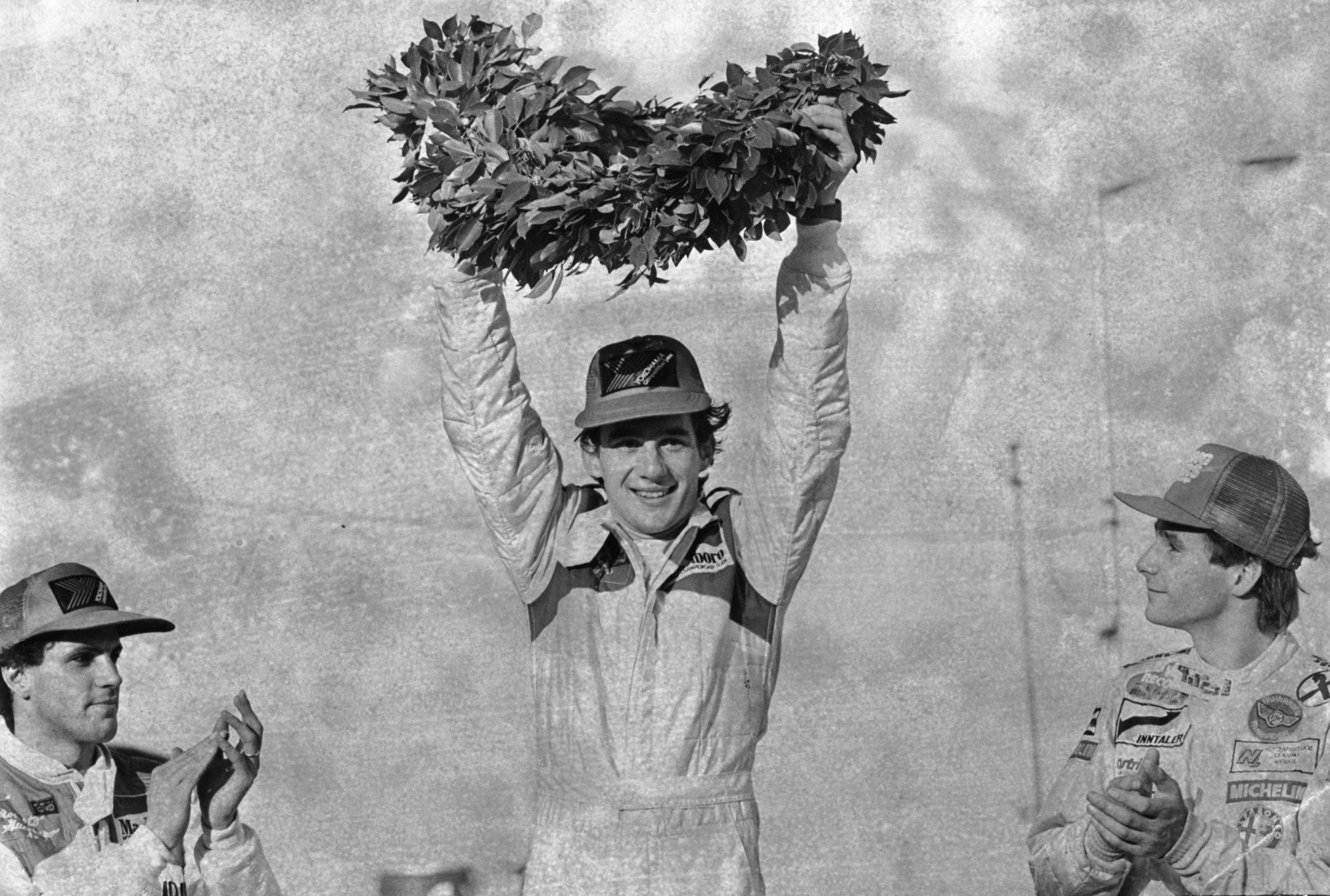
At that age, of course, he was not legally allowed to drive the Macau street circuit and so he rode shotgun, taking notes, as his mother drove him round and round the track.
“I remember heavy rain and how close you come to the walls,” says Chang of his debut in 2013.
“The track is already difficult to drive but rain makes it so much harder. There was water everywhere and it was just so difficult to handle the car.”

When he graduated to the Formula Three race for the first time, in 2014, Chang found himself in a whole new world.
“Some of the drivers that year are now in Formula One,” he says, like the now three-time world champion Max Verstappen.
“Watching them up close really showed me how different they are, how talented. They really are on another level. When you watch them up close, you’re just thinking in your head, ‘How is it possible that you could drive like that?’ Macau is a race that really gives them a chance to show how good they are.”
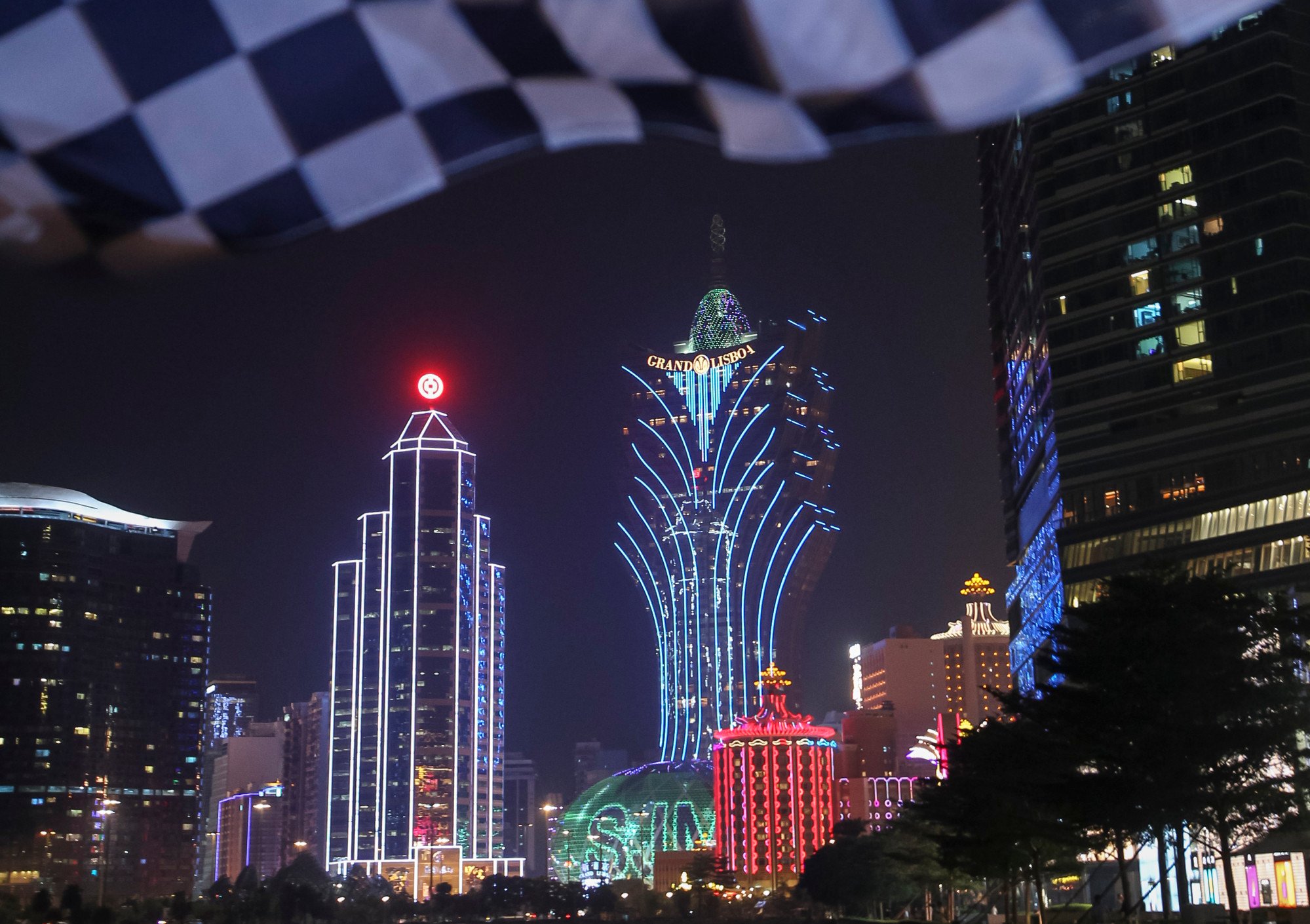
This year Chang will be sitting on the sidelines after turning his attention to helping train Macau’s future stars at the Automobile General Association Macao-China track, located in the southern district of Coloane.
But he is now featured among other legends of the race at the Macau Grand Prix Museum, one of the stops he urges visitors to make as part of a Grand Prix weekend.
“It makes me proud to know I am in there, among so many great drivers,” he says. “The museum has collected race cars and it tells the history of the race and all those people who have come here.
“It’s a great place for children and I hope they can go there and think about all the opportunities. Maybe they’ll think that if they become really good, they could go all the way to Formula One.”
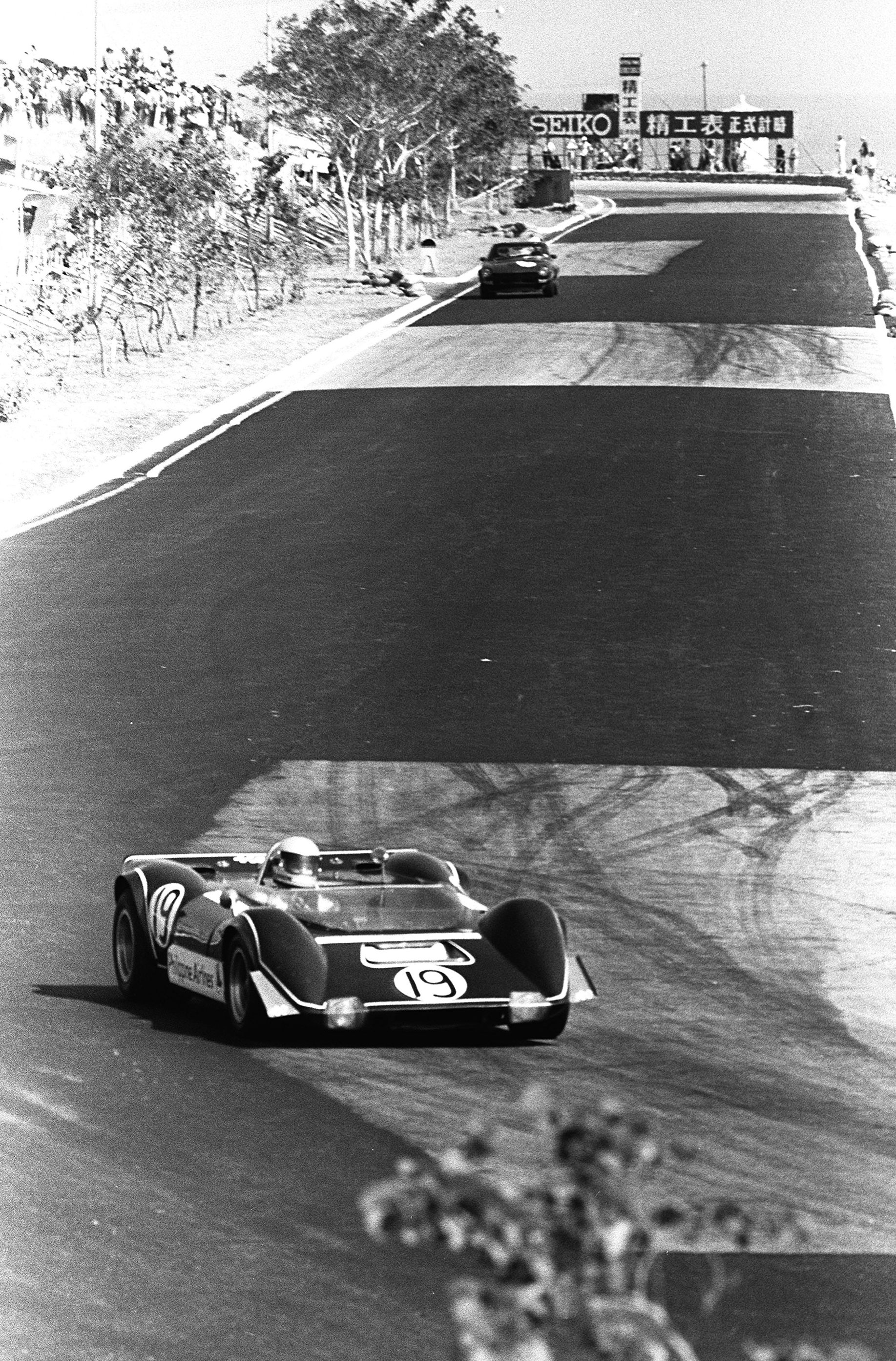
Tim Huxley first read about the race as a teenager growing up in Britain, and when he moved to Hong Kong in 1989 to expand his fortunes in the shipping industry, a visit to Macau was high on his agenda.
“So I went over with a few mates,” he says. “[Australian driver] David Brabham won. The following year, [German star] Michael Schumacher won. And apart from Covid interruptions, I’ve always been there. I blank out that third week in November and I couldn’t think of doing anything else.”
A decade later Huxley was lured into helping raise financial support for a race team – “this friend of mine, he phoned me up and he said, ‘Do you fancy losing some money?’” And in 2000, Huxley and his team’s first year of racing Ford Focus cars in the Macau Grand Prix’s main race for touring cars, British champion Simon Harrison nabbed them a third-place finish.

Huxley was hooked, and so were his friends, as they were introduced to the festivities that surround Grand Prix weekend.
“We began to make the whole thing a really entertaining party weekend,” says Huxley. “We had loads of guests and hosted a big hospitality tent in the paddock, which you could do then.”
Huxley spent his time in the pit lanes as the event developed, from the early 1990s, when the emerging stars of world motorsport were lured out by the advent of the Formula Three race, most of them young, hungry and excited by the challenge of racing around the streets.
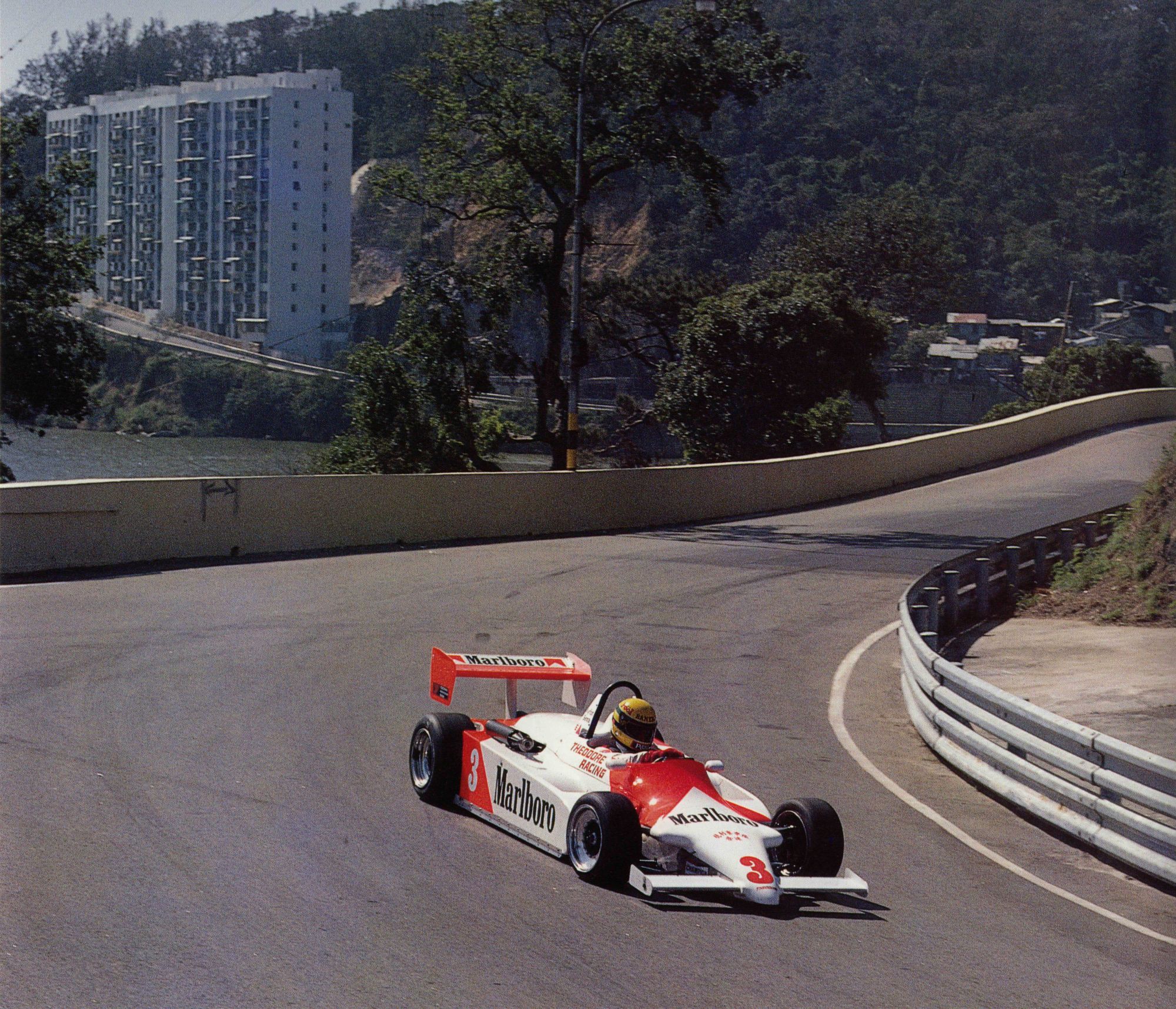
“There were a lot of the amateur racers, the gentleman race challenge and generally lawyers, businessmen, pilots would race,” says Huxley. “You’d have lawyers getting off the ferry in a suit and running across and getting into their overalls and going out for practice on Thursday or Friday. There was an amateur sort of feel to it.”
Over the years, Huxley has also been behind teams that have raced in Macau’s touring car events, in the likes of the Porsche Carrera Cup (with Hong Kong’s Matthew Marsh in the seat) and in the Formula Three (with Danny Watts).
“I’ve got a load of Macau trophies at home,” says Huxley, “loads and loads of memories, and a slightly empty bank balance.”
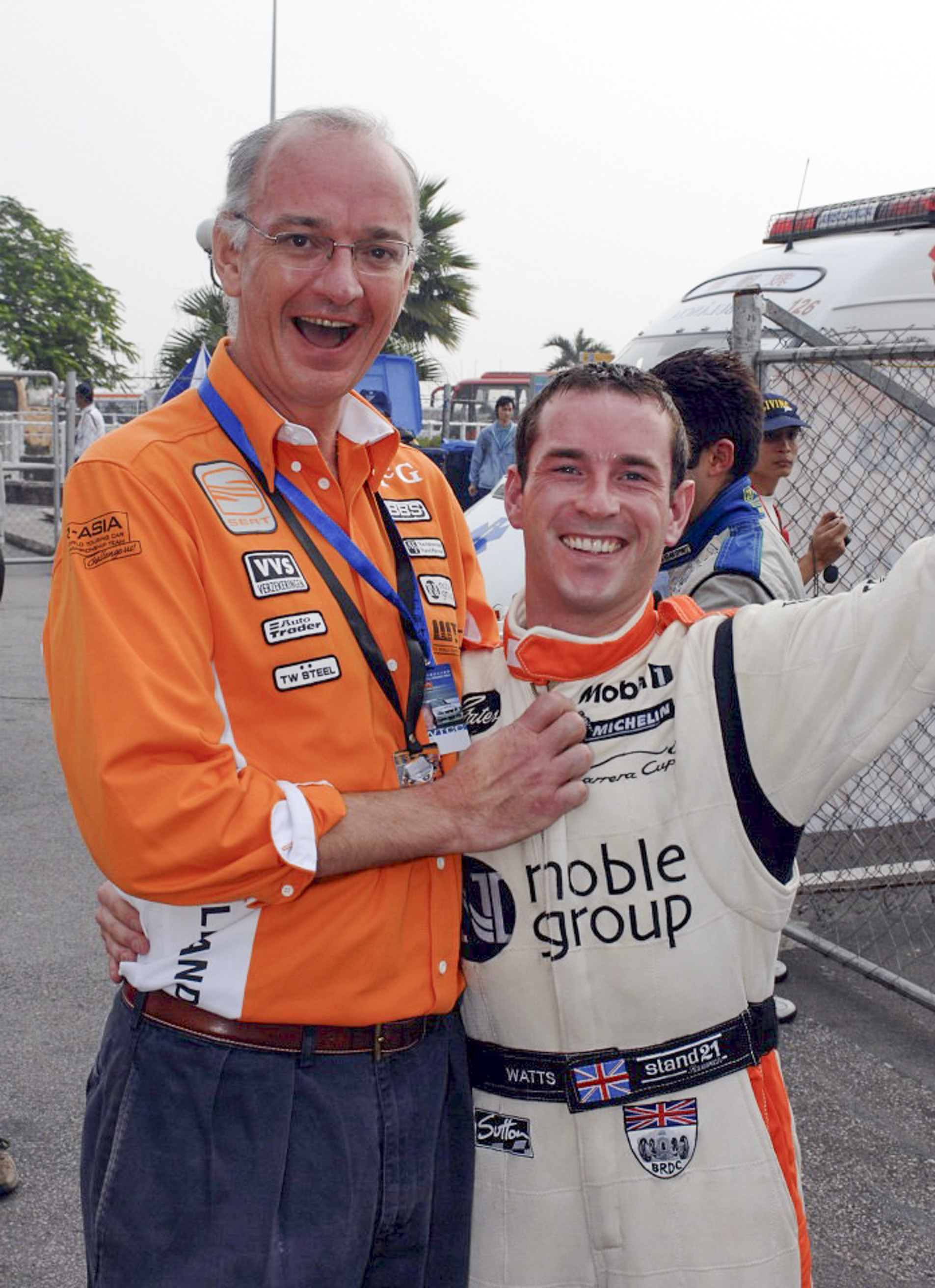
For those who have never attended, Huxley provides some simple pointers in terms of positioning yourself to make the most of the action.
“Get down near the start/finish line in the grandstands because there you get all the atmosphere, the build-up and everything, and there are big screens so you also see what’s going on,” he says.
“Of course, one of the most popular sites is down at the Lisboa Bend, because with that bend you are coming to the end of an unbelievably fast straight and there’s a tight right hander. There is always a lot of action there because that’s really the prime passing place.”

In terms of hotel vantage points, Macau race veterans get all misty-eyed when they talk about how they used to flock to the after-hours antics at what was the Mandarin Oriental’s lobby bar.
These days the bar has gone, and the property is known as the Artyzen Grand Lapa Macau, although the bend in the racetrack outside is still known as the Mandarin Bend.
“That’s a fantastic bend to be on,” says Huxley. “Because you see the drivers, and the motorbike riders in particular, hard at work through there.”

To get a feel for race conditions, Huxley suggests taking a taxi around the course, from the pits and start/finish outside the ferry terminal.
“Macau is a street circuit, it’s unique, and they open it up so you’re out there in the evenings, you’re walking on the circuit, and the taxis are going up and down,” he says.
“It’s because the city is such a part of it that makes it so special and brings so much character to the event. There’s great hotels all over town. You’ll have a hard day’s racing and then you wind up in a bar and talking about all the action.”
And for 2023, with all Covid-19 restrictions lifted, the Grand Prix is set to raise the bar even for old hands like Huxley, who probably, somewhere tucked away, has a preferred vantage point he hasn’t told us about.

